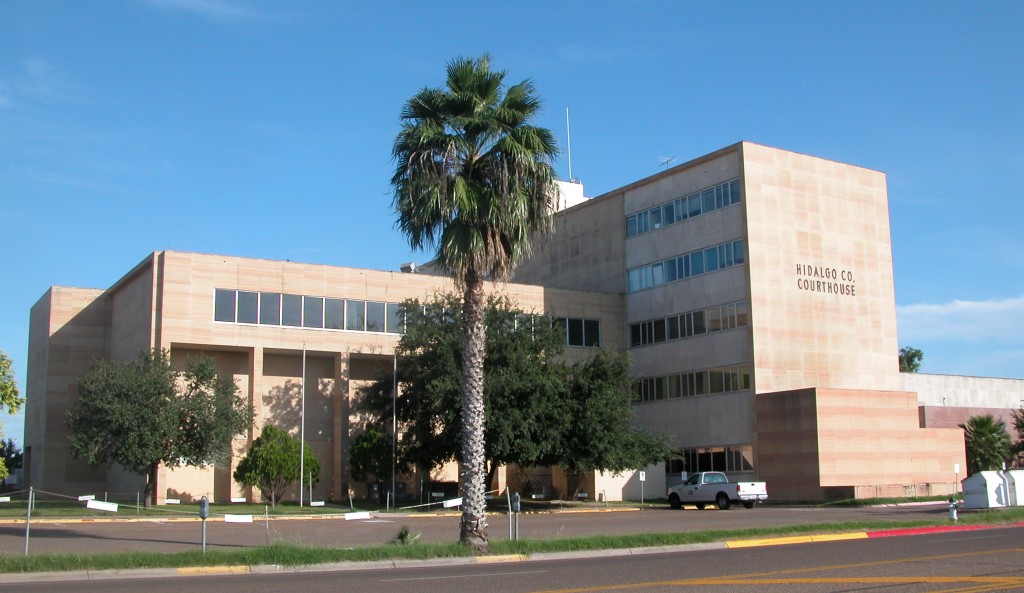|
Interstate 69C
Interstate 69C (I-69C) is a north–south freeway running through South Texas. Once complete, the freeway (with connections to Mexican Federal Highway 97) will begin at I-2/ U.S. Highway 83 (US 83) in Pharr and head northward before terminating at I-69W/ US 59 in George West near I-37. For its entire length, I-69C shares its alignment with US 281. , only an segment has been completed at the route's southern terminus in Pharr. Route description History The Federal Highway Administration (FHWA) approved the designation for the South Rio Grande Valley Segment on May 24, 2013, and the Texas Transportation Commission followed suit on May 30, 2013. This action finalized the designations of not only I-69C but also of the sections of I-69E from Brownsville north to north of Raymondville and also I-2 which is a freeway connecting with I-69C and I-69E in Pharr and Harlingen. These approvals added over to the Interstate Highway System i ... [...More Info...] [...Related Items...] OR: [Wikipedia] [Google] [Baidu] |
Pharr, Texas
Pharr is a city in Hidalgo County, Texas, United States. As of the 2010 census, the city population was 70,400, and in 2019, the estimated population was 79,112. Pharr is connected by bridge to the Mexican city of Reynosa, Tamaulipas. Pharr is part of the McAllen–Edinburg–Mission and Reynosa–McAllen metropolitan areas. Geography Pharr is located in southern Hidalgo County at (26.206334, –98.185174). It is bordered to the west by the city of McAllen, to the north by Edinburg, the county seat, to the east by San Juan, and to the southwest by Hidalgo. The Pharr city limits extend south in a narrow band to the Rio Grande and the Pharr–Reynosa International Bridge into Mexico. According to the United States Census Bureau, Pharr has a total area of , of which , or 0.12%, is covered by water. Communities: * Las Milpas (annexed in 1987) History The community was named after sugar planter Henry Newton Pharr. For a number of years centering around early 1900, Henry N. ... [...More Info...] [...Related Items...] OR: [Wikipedia] [Google] [Baidu] |
